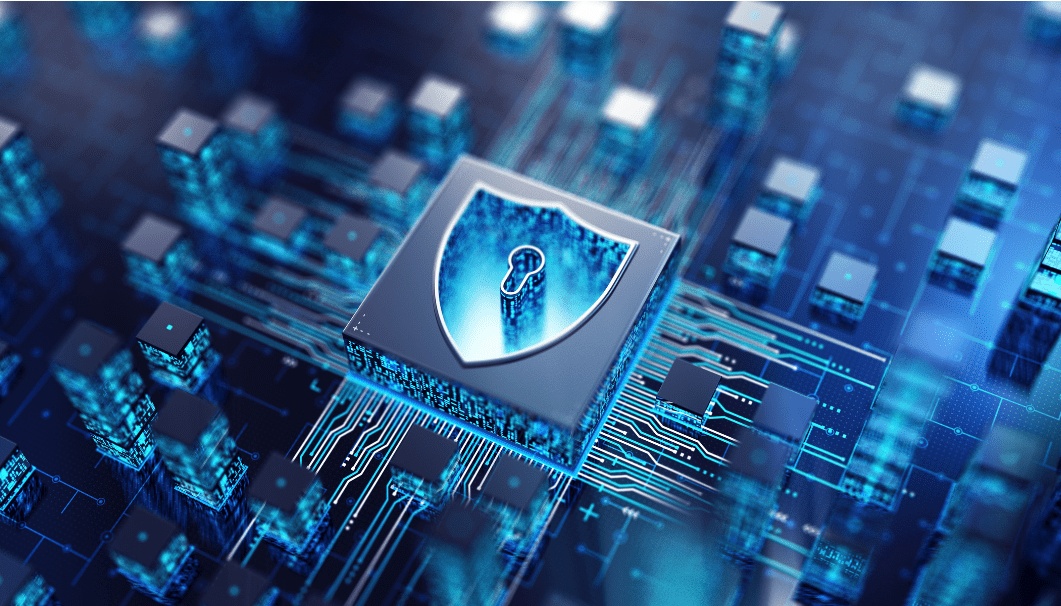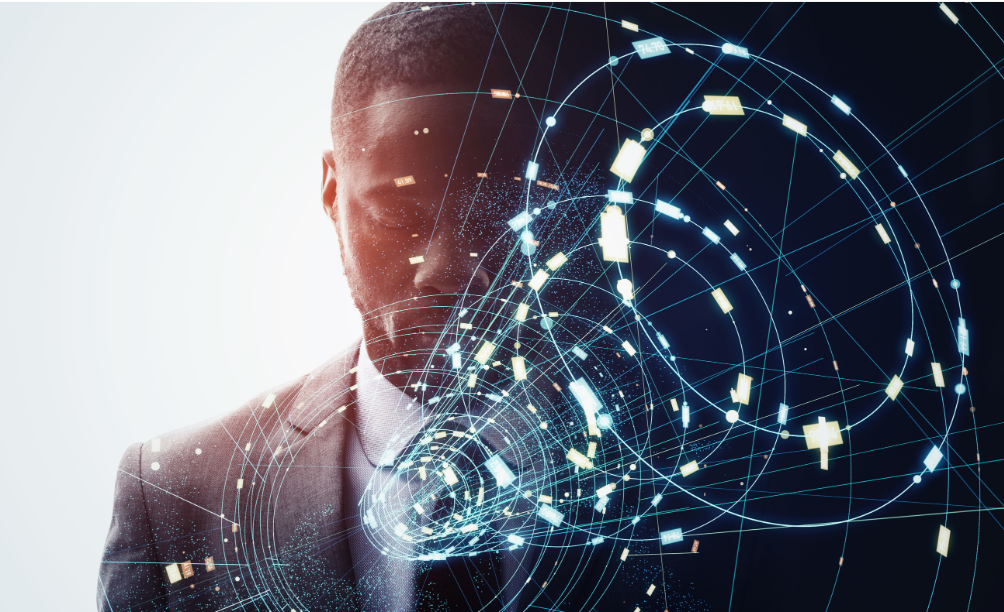Insights
Fortifying the Future: The Evolution of Cybersecurity Measures

In the ever-expanding digital landscape, where technology accelerates at an unprecedented pace, the imperative to fortify our digital future has never been more critical. The evolution of cybersecurity measures is not just a response to the increasing sophistication of cyber threats; it’s a proactive stance, a strategic alignment to safeguard our digital ecosystems. Let’s delve into the insights that illuminate the journey of fortifying the future through the evolution of cybersecurity measures.
Understanding Cyber Threat: The cybersecurity landscape is dynamic, with threats evolving in complexity and diversity. Comprehensive strategies begin with a deep understanding of the current threat landscape, identifying potential risks and vulnerabilities.
Integration of Artificial Intelligence and Machine Learning: The future of cybersecurity lies in harnessing the power of artificial intelligence (AI) and machine learning. These technologies enable real-time analysis of vast datasets, proactive threat detection, and adaptive responses, staying one step ahead of cyber adversaries.
Zero Trust Architecture: Traditional perimeter-based security models are giving way to a Zero Trust architecture. This approach assumes that threats may exist both outside and inside the network, requiring continuous verification of user identity and device integrity, thereby minimizing the potential for breaches.
Robust Endpoint Security: With the proliferation of remote work and diverse device usage, endpoint security has gained prominence. Fortifying the future involves implementing robust endpoint protection measures, safeguarding devices and networks from potential entry points for cyber threats.
Continuous Monitoring and Incident Response: Cybersecurity is not a one-time implementation; it’s a continuous process. Fortifying the future demands constant monitoring, threat detection, and a swift incident response framework. The ability to identify and contain threats promptly is crucial to minimizing potential damage.
Emphasis on User Education and Awareness: Humans remain a critical element in the cybersecurity equation. Fortifying the future includes investing in user education and awareness programs. Informed users are better equipped to recognize and report potential threats, serving as an additional layer of defense.
Blockchain for Enhanced Security: The integration of blockchain technology adds a new dimension to cybersecurity. Its decentralized and immutable nature enhances data integrity, making it a valuable tool for fortifying sensitive information against tampering or unauthorized access.
Collaboration and Threat Intelligence Sharing: In the interconnected digital ecosystem, collaboration is paramount. Cybersecurity measures evolve through collective knowledge sharing and threat intelligence collaboration. By pooling resources and insights, organizations can collectively fortify against common adversaries.
Quantum-Resistant Cryptography: The advent of quantum computing poses potential threats to existing cryptographic methods. Fortifying the future involves exploring and implementing quantum-resistant cryptographic algorithms, ensuring that sensitive information remains secure in the quantum era.
Regulatory Compliance and Cybersecurity Standards: Compliance with cybersecurity regulations and industry standards is integral to fortification. Adhering to established frameworks not only safeguards organizations from legal ramifications but also establishes a baseline for robust cybersecurity practices.
In conclusion, fortifying the future through the evolution of cybersecurity measures is a multifaceted endeavor. It requires a proactive mindset, technological advancements, user empowerment, and collaborative efforts to stay ahead in an ever-changing digital landscape. By embracing innovative solutions and staying vigilant, organizations can build a resilient defense against the evolving threats that lie ahead.












